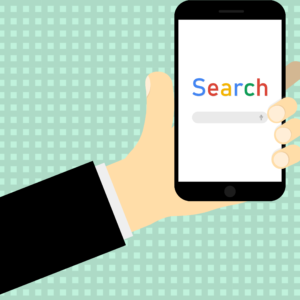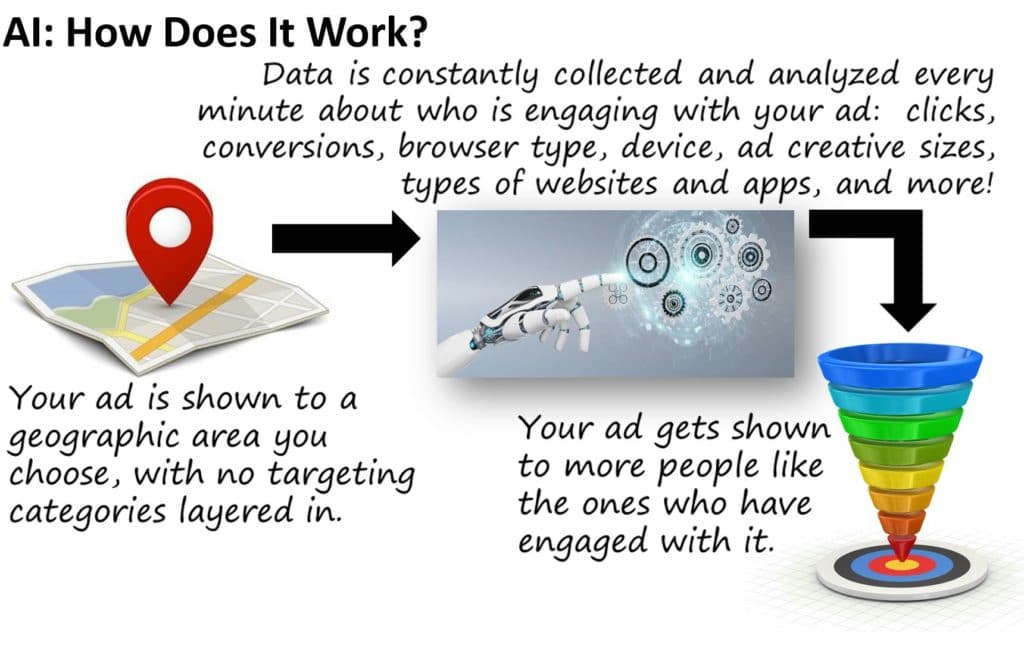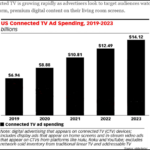Google Launches Generative AI Ads in Search: A Game-Changer for Digital Advertising
Are they listening? How did they know I was looking for patio furniture and I am interested in trying a new shaving cream gel? One may ask when you receive ads relevant to your thoughts and conversations. AI struts into the room and proclaims, “It was me!”.
In the ever-evolving landscape of digital advertising, technology continues to redefine how brands engage with their target audience. One such groundbreaking development is Google’s launch of generative AI ads in search. This latest innovation leverages the power of artificial intelligence to create highly personalized and engaging advertisements, promising to revolutionize the digital advertising industry.
The Rise of Generative AI Ads: Generative AI ads are the result of advancements in machine learning and natural language processing algorithms. Google’s generative AI models have been trained on vast amounts of data, enabling them to generate ad copy, headlines, and even visuals that resonate with individual users based on their preferences, interests, and search history. This dynamic and adaptive approach allows for highly targeted and personalized advertising experiences. In fact, in a recent study on how consumers respond to ads, 71% of consumers prefer ads that are tailored to their personalized interests and shopping habits.
One of the primary advantages of generative AI ads is the ability to deliver highly personalized content to users. By analyzing user data and behavior, these ads can dynamically tailor their messaging, visuals, and offers to match the specific needs and interests of each individual. This level of personalization not only increases the relevance of ads but also enhances the user experience, ultimately driving higher engagement and conversion rates.
Generative AI ads have the potential to significantly improve ad performance and return on investment (ROI) for advertisers. By leveraging machine learning algorithms, these ads can optimize their content and targeting in real-time based on user feedback, performance metrics, and market trends. This iterative process allows advertisers to refine their messaging and creative elements to maximize ad effectiveness, ultimately leading to better campaign outcomes and higher ROI.
In today’s digital landscape, users are bombarded with countless ads, leading to ad fatigue and the rise of ad-blockers. Generative AI ads address these challenges by delivering more engaging and relevant content. By adapting to users’ preferences and delivering ads that align with their interests, these ads have the potential to capture users’ attention and overcome ad fatigue. Additionally, as generative AI ads blend seamlessly with organic search results, they are less likely to be blocked by ad-blockers, ensuring greater visibility for advertisers.
While generative AI ads offer numerous benefits, they also raise important ethical considerations. Advertisers must strike a delicate balance between personalization and privacy. It’s crucial to ensure that user data is handled responsibly, with transparent consent and stringent security measures in place. Additionally, there is a need for clear guidelines and regulations to prevent misuse or manipulation of generative AI technology.
Google’s launch of generative AI ads in search represents a significant step forward in the world of digital advertising. With enhanced personalization, improved performance, and increased user engagement, this technology has the potential to reshape the advertising landscape. However, it’s essential for advertisers and regulators to approach this innovation thoughtfully, addressing ethical concerns and ensuring user privacy and data security. As generative AI continues to evolve, the possibilities for digital advertising are endless, and it will be fascinating to see how this technology transforms the way brands connect with their audience. Is it creepy? Yes, a tad. Will it be accepted? Time will tell. It will however continue to be a topic of cocktail conversations and puzzle all it encounters.
So where do I sign up? Not readily available yet, but you will be the first to know when it becomes available. For now, A.I. or Artificial Intelligence exists with many digital strategies including Display ads, Native ads, Social Mirror ads, Video Pre-roll, OTT and Online Audio. The way AI works is using machine learning to target consumers based on who is engaging with the ad. It is almost like behavioral targeting or personalized targeting but in real-time based on activity.
On the search side of things, we have several ad options to choose from. Responsive, Dynamic and Call Only.
Responsive Ad – Google updates the ad text based on what it thinks will perform best, mixing and matching from the multiple headlines and descriptions we provide. You are given a Keyword list to approve. This is now Google’s default for PPC ads.
Dynamic Ad – We create the descriptions, but Google creates (not us) the headline and chooses the landing page URL that is displayed in the ad based on content from your website. It serves ads when a user searches a keyword or phrase related to the titles and phrases frequently used on your website. No keyword list is generated for you to approve. This type of ad typically gets the most clicks.
Call Ad – These are designed to encourage people to call your business (rather than go to your website) and appear only on devices that make phone calls. When a potential customer clicks your ad, the ad places a call to your business from their device. You are given a Keyword list to approve.
So, rest assured, there is a ton of technology within reach to create a personalized experience with targeting, AI and messaging.








